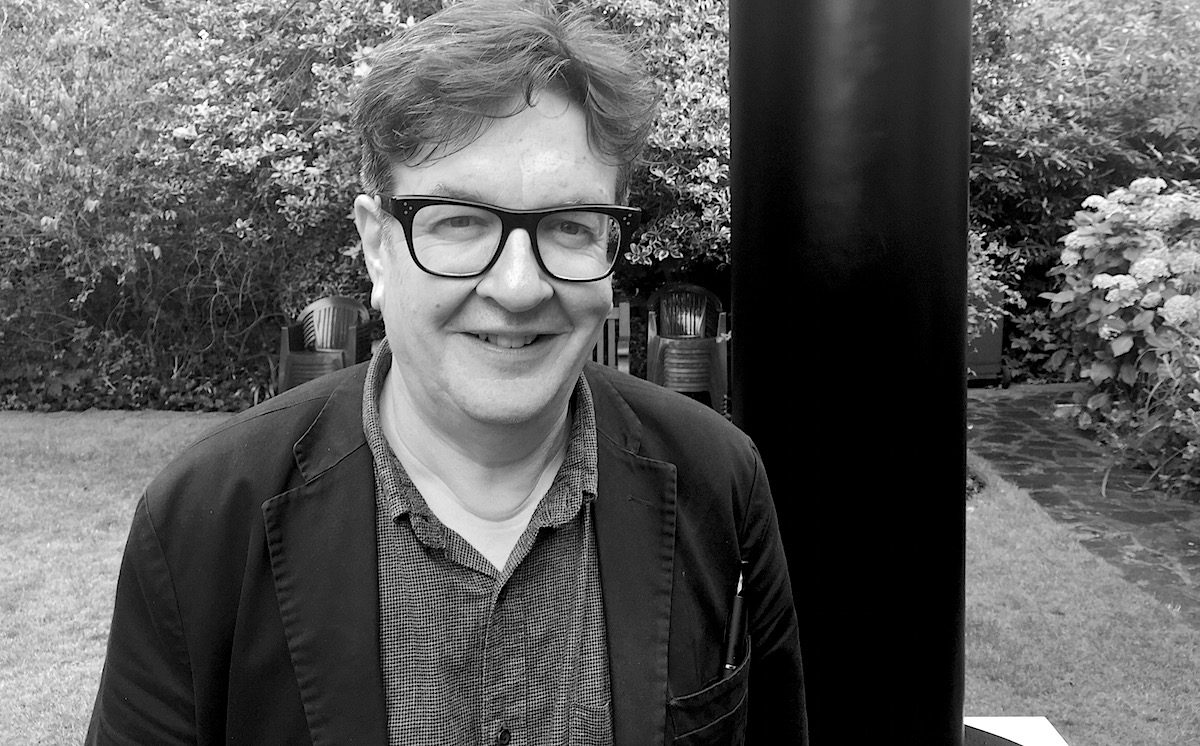Mark Wallinger the Turner Prize winning artist, has loaned ‘Ecce Homo’ the sculpture which first appeared on the fourth plinth in Trafalgar Square in 1999 to St Paul’s Cathedral. The work of art has been installed at the top of the west steps of the Cathedral.
The sculpture, which will remain at the Cathedral for six weeks, presents Christ as a lone man standing before a hostile crowd, as he awaits judgement and just moments before he was sentenced to death. The collaboration seeks to highlight the plight of all those currently in prison, suffering torture or facing execution because of their political, religious or other conscientiously-held beliefs.
This highlights the plight of people around the world who are imprisoned and whose lives are threatened for speaking the truth
Wallinger, who won the Turner Prize in 2007, said: “This vulnerable figure stands at the top of the steps outside the entrance to St Paul’s Cathedral as we approach Easter to highlight the plight of people around the world who are imprisoned and whose lives are threatened for speaking the truth, for what they believe. It is an enormous privilege to work with St Paul’s and Amnesty International to shine a light on human rights abuses.”
Kate Allen, director of Amnesty, said: “The story of Christ – arrested, tortured and executed for peacefully expressing his opinions and for challenging the authorities of the time – still resonates around the world today. The sculpture is a strikingly vulnerable figure and is representative of the type of cases that we at Amnesty still work on today – the oppressed individual caused to suffer simply for their beliefs. “It unapologetically celebrates human dignity which, though vulnerable, is non-negotiable and therefore needs protecting”
Commentary by the Reverend Canon Mark Oakley, Chancellor of St Paul’s: Good art, like good religion, questions our answers more than answers our questions and with a form and language that resist cheap paraphrase or seductive easy answers.

Wallinger’s work reminds us that if we are to respect humanity then we must ‘respect’, that is ‘take another look’ to see what we are missing or choosing to ignore. By bringing the figure of Jesus on trial into our midst, a man undergoing a trial by a braying mob, then torture and the sentence of execution, we are also provoked into asking who we have become as people and societies – and who our victims will always be.
He urges us to have both the will and energy to imagine what it is like to have your basic freedoms taken away and to have your body and mind scarred by those more powerful than you. It is a work that unapologetically celebrates human dignity which, though vulnerable, is non-negotiable and therefore needs protecting.
Amnesty’s work has long been symbolised by a candle surrounded by barbed wire. In Wallinger’s statue, Jesus – who for Christians is the ray of light undimmed by darkness – wears, instead of thorns, a crown of barbed wire.
The title of the work ‘Ecce Homo’ comes from the story of Jesus’s trial and means ‘Behold the man!’ When we choose not to behold a person and see them as just like ourselves but instead choose to look away in indifference or prejudice, dangerous shadows quickly fall over all of us. At the same trial of Jesus according to St John’s gospel, Pontius Pilate asks Jesus ‘What is truth?’ It is a pertinent question for our own times and, in respect of those who suffer for their conscience or their identity, one which this work won’t allow us to ignore.
Top Photo: P C Robinson © All rights reserved Middle Photo courtesy Amnesty International

